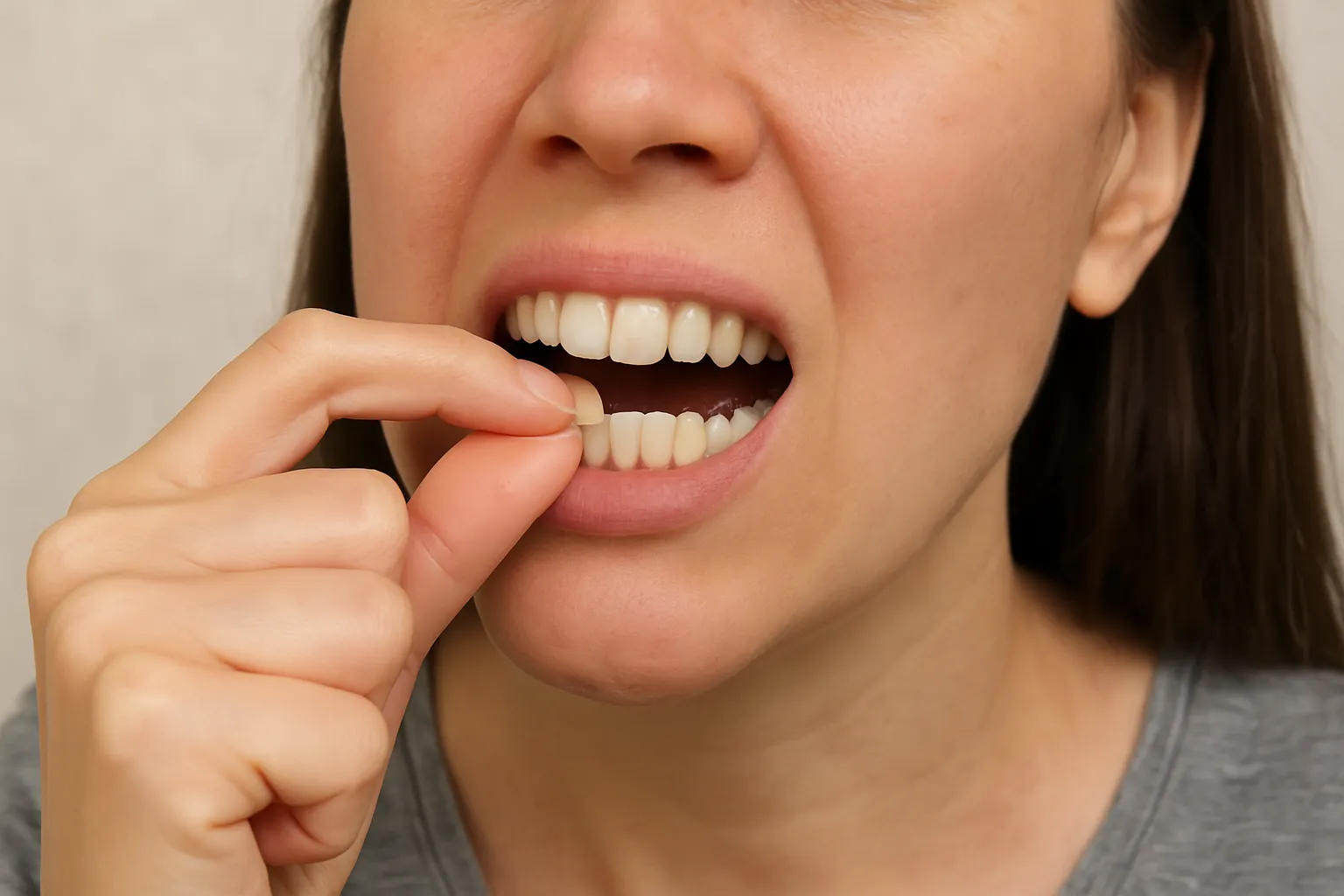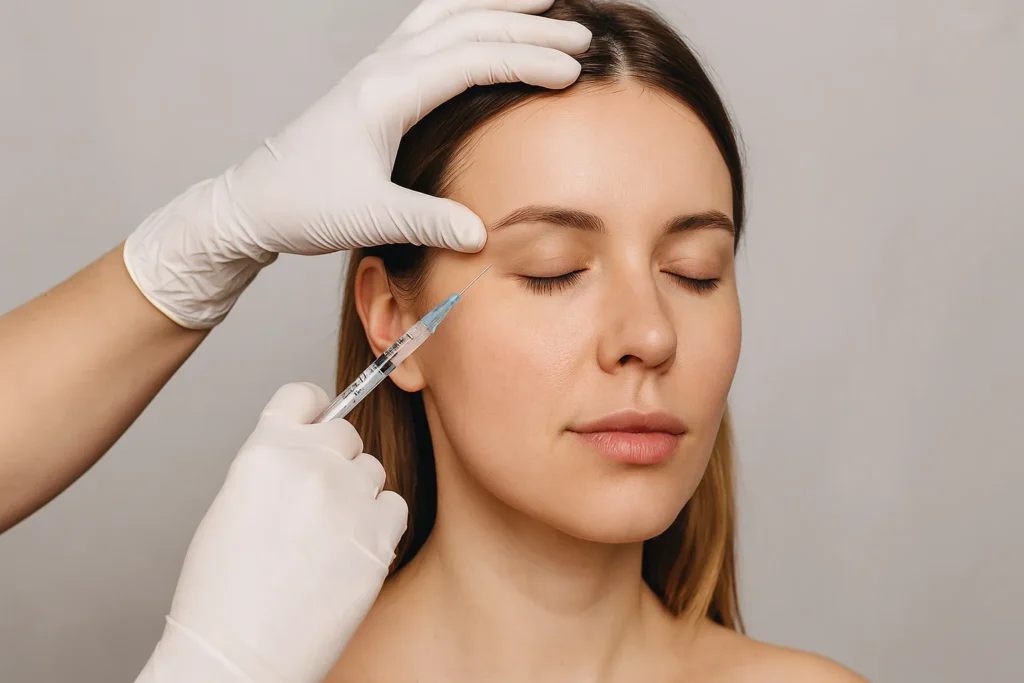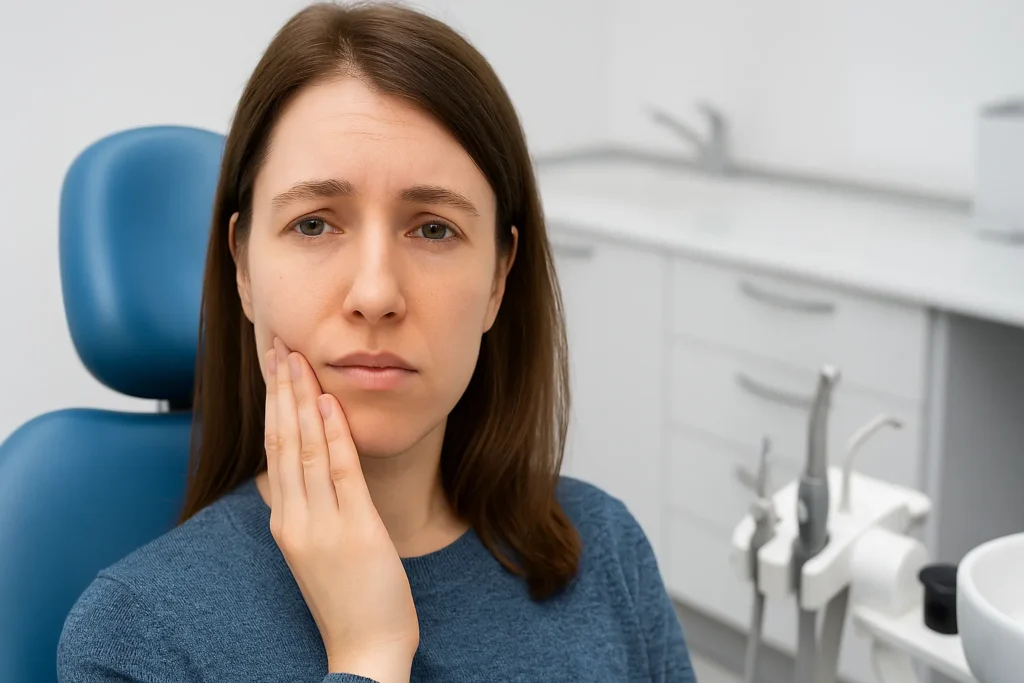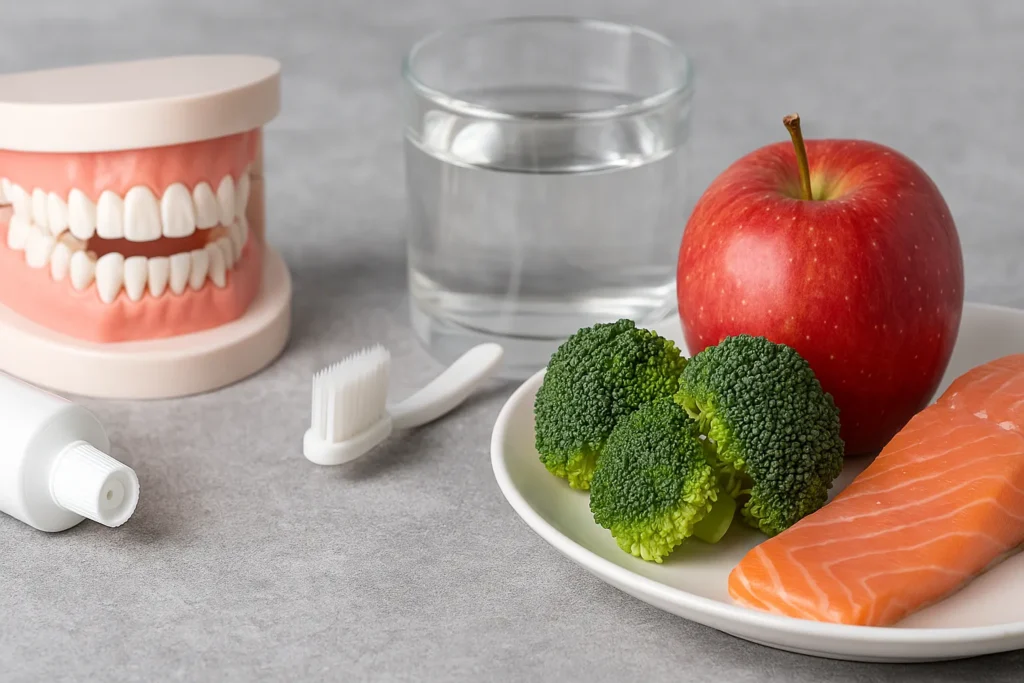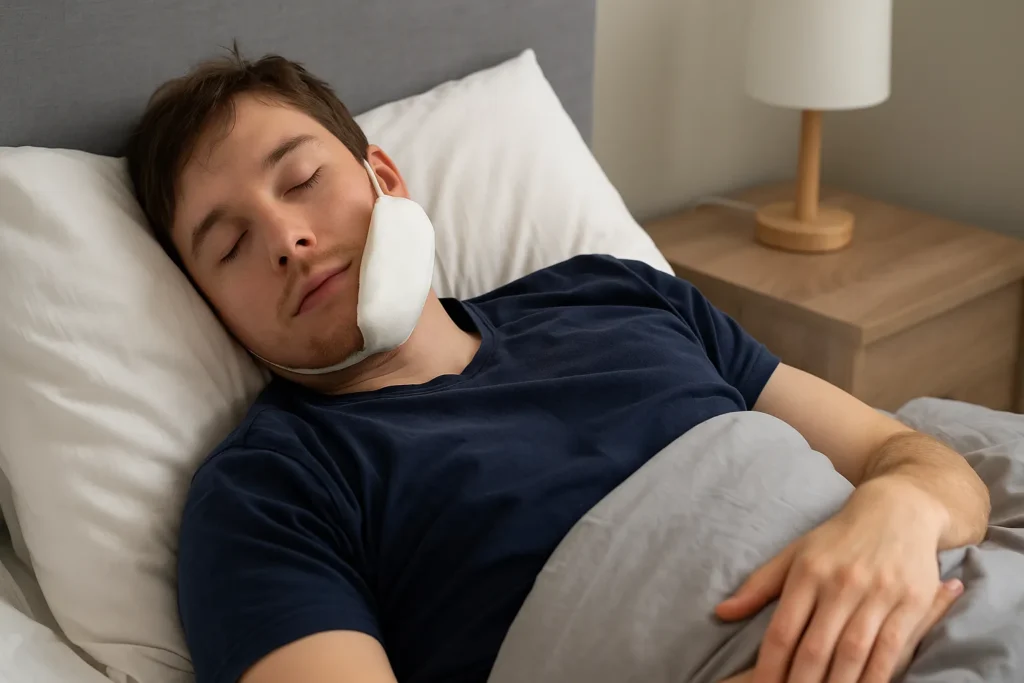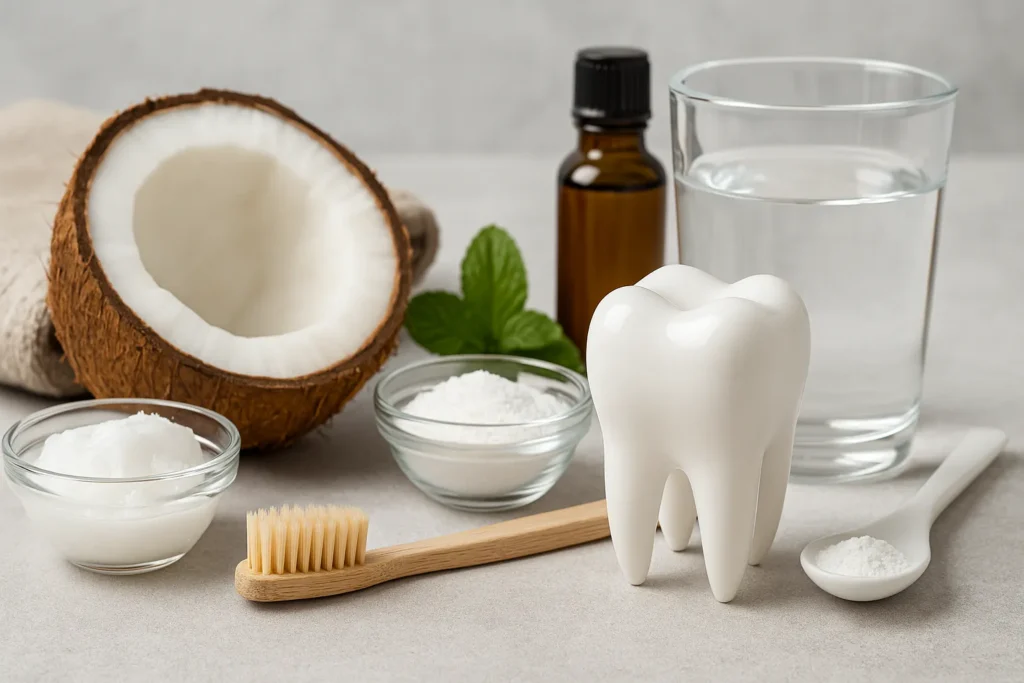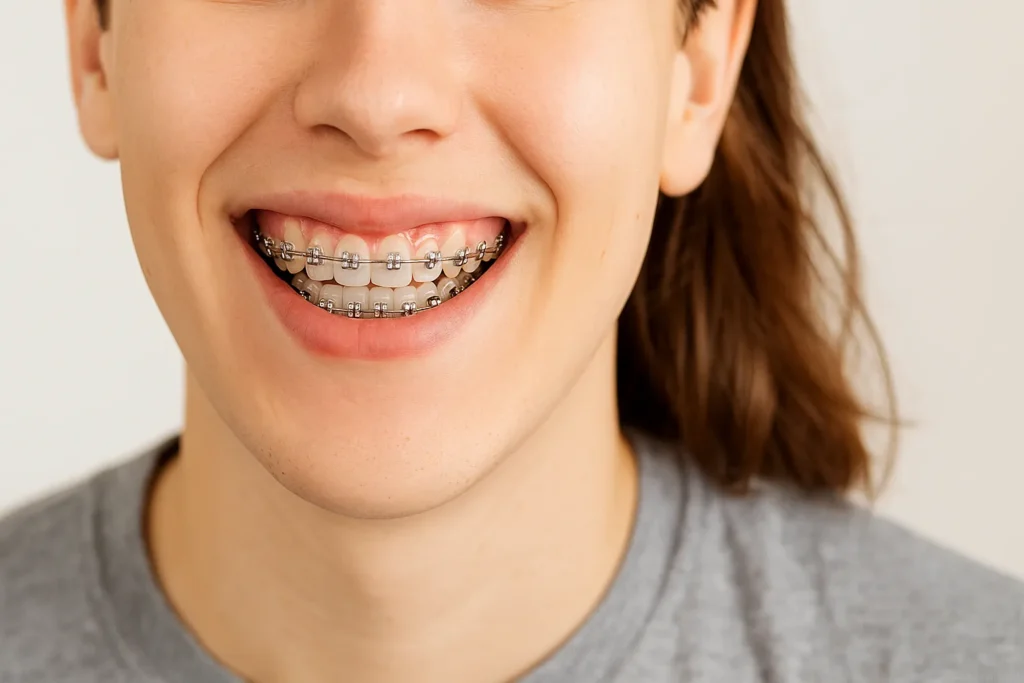Have you ever bitten into an apple or brushed your teeth, only to feel a strange wiggle in one of your teeth? That unsettling sensation might mean your tooth is becoming loose, and while it’s not always an emergency, it’s definitely something you shouldn’t ignore.
So, what can you do if this happens? Can you fix it yourself? In this guide, we’ll break down how to tighten a loose tooth at home safely, what causes it, and when it’s time to see a dentist. Whether it’s a child’s wobbly tooth or an adult with a loose permanent tooth, this article covers it all.
What Causes a Loose Tooth in Adults?
Before diving into remedies, it helps to understand why a tooth might loosen. Loose teeth in adults can be due to:
- Gum disease (periodontitis): When plaque builds up and damages gums and bone.
- Trauma or injury: A blow to the face or teeth can loosen them.
- Teeth grinding (bruxism): Excessive grinding wears down support structures.
- Pregnancy-related changes: Hormonal shifts may temporarily affect gum strength.
- Poor oral hygiene: Weakens the bone and gums over time.
Once you identify the reason, you can move on to how to tighten a loose tooth at home, especially when it’s not too far gone.
Can You Really Fix a Loose Tooth at Home?
Here’s the thing: if your tooth is severely loose or caused by advanced gum disease, home remedies alone won’t be enough. But for minor looseness, especially from trauma, clenching, or mild gum issues, certain habits and natural approaches can help support your tooth while it heals.
Let’s explore those remedies and practical tips you can try today.
How to Tighten A Loose Tooth At Home? Effective Natural Remedies
1. Salt Water Rinse: A Time-Tested Remedy
One of the simplest ways to support oral healing is by rinsing your mouth with warm salt water. Salt has natural anti-inflammatory and antibacterial properties that help reduce gum swelling and fight infection.
How to do it:
Mix ½ teaspoon of salt in a glass of warm water. Swish it around your mouth for 30 seconds, twice a day.
Many people underestimate this step, but understanding How Salt Keeps Dental Problems Away can be a game-changer for long-term oral health.
2. Oil Pulling: An Ancient Detox for Your Gums
Oil pulling, especially with coconut or sesame oil, is known to draw out toxins from the mouth and strengthen gum tissues.
How to use:
Swish one tablespoon of oil in your mouth for 15–20 minutes. Spit it out (don’t swallow), rinse with water, and brush afterward.
This process helps reduce harmful bacteria that contribute to loose teeth.
3. Clove Oil: Nature’s Antibiotic
Clove oil has antibacterial and analgesic properties. It can help reduce pain and control the infection around a loose tooth.
How to apply:
Dilute a few drops of clove oil in a carrier oil (like coconut oil), then apply it gently to the affected area using a cotton swab.
4. Eat a Tooth-Friendly Diet
Your diet plays a huge role in gum and bone health. Eating foods rich in calcium, vitamin D, and vitamin C can help rebuild strength around the tooth.
Include more of:
- Leafy greens
- Yogurt
- Cheese
- Citrus fruits (in moderation)
- Nuts and seeds
Avoid sticky, sugary foods or anything too hard to chew until your tooth tightens.
5. Try Splinting at Home (for Minor Movement)
If the tooth is just slightly loose due to recent trauma (like a fall), and it’s still mostly stable, you can try creating a temporary “splint” using dental wax or sugar-free gum to keep the tooth in place temporarily.
Important:
This is not a replacement for professional splinting. It’s just to keep it stable until you reach a dentist.
6. Herbal Rinses and Astringents
Some herbal rinses can naturally tighten gums and reduce inflammation. Astringents like witch hazel, green tea, and myrrh help tone gum tissue.
You can make a mouth rinse with strong brewed green tea or mix powdered myrrh with water and swish it around your gums.
7. Stay Away from Tobacco & Alcohol
If you’re serious about how to tighten a loose permanent tooth at home, ditching tobacco is non-negotiable. Smoking slows healing, increases gum disease risk, and weakens the tooth’s foundation. The same goes for excessive alcohol, it dehydrates your mouth and interferes with natural healing.
8. Don’t Wiggle It!
It may be tempting to touch, wiggle, or test your loose tooth frequently, but this only makes things worse. Let the tooth rest and avoid chewing directly on it. Think of it like a sprained ankle: you need to avoid extra strain for healing to happen.
9. Natural Gap Reduction Can Help
Sometimes a loose tooth is accompanied by spacing issues, which adds to instability. If that’s the case, you can also explore how to Reduce Gap Between Teeth Naturally with consistent oral exercises and habits that promote alignment.
When to See a Dentist
While home remedies are helpful, there are clear signs when professional help is necessary:
- Bleeding gums
- Persistent pain
- Pus or swelling
- Tooth feels like it might fall out
- It’s a child’s permanent tooth that’s wobbly
If your situation needs clinical support, procedures like splinting, deep cleaning, or even a Root Canal might be recommended depending on the severity.
Exploring Dental Alignment Options
If the tooth looseness is due to alignment issues, Invisalign or other orthodontic methods may be suggested. You might wonder How Long Does Invisalign Take and whether it’s worth the time. The good news is that Invisalign typically shows improvement within a few months and can realign pressure distribution, helping stabilize previously loose teeth in the long run.
Can a Cracked Tooth Be the Cause?
It’s also possible that a cracked or damaged tooth is what’s causing the looseness. If that’s the case, natural strengthening won’t help much. Instead, look into How to Fix a Cracked Tooth Naturally for early remedies before professional help is required.
Final Thoughts
Learning how to tighten a loose tooth at home can be empowering, especially when the situation is mild and manageable. From salt water rinses and clove oil to avoiding harmful habits and improving your diet, these small steps can make a big difference. But remember, home care can only go so far. A professional check-up is the smartest move if your tooth doesn’t stabilize in a few days or if you’re dealing with a loose permanent tooth.
Take action early. Your teeth, much like your time, are too precious to lose.

